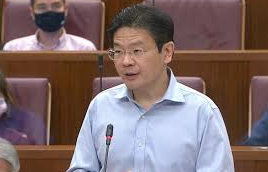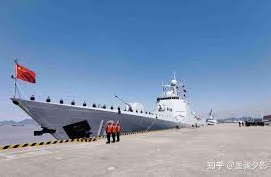Exploring the Effectiveness of Industrial Action in the Local Context
In recent discussions, the nurses’ rights group SG Nightingales referenced a powerful slogan from the recent nurse strike in Australia: “Stop Telling Us to Cope.” This sentiment resonates deeply within the Singaporean context, especially as many nurses express frustration at headlines proclaiming that “hospitals are coping well” amidst their struggles.
The pressing question arises: do strikes actually work in Singapore?
We often hear the notion that workers’ strikes are ineffective in Singapore. However, the story of an aircraft engine manufacturing company suggests otherwise.
On July 29, 2020, the National Trade Union Congress (NTUC) and three unions intervened against unfair retrenchment practices by Eagle Services Asia (ESA), a joint venture of SIA Engineering Company and Pratt & Whitney. The company had prematurely informed certain employees about potential layoffs, disregarding the required consultation with unions.
In response, Labour Chief Ng Chee Meng authorized unions to prepare for industrial action if the management remained uncooperative. A secret ballot among the workers showed overwhelming support for this action. Ng stated, “To show that NTUC will protect our workers, we will take a stand against unilateral decisions by management.”
Following the threat of industrial action, ESA reversed its position and re-engaged in negotiations with the unions. Although the outcome saw around 140 layoffs, the negotiations resulted in a 10% increase in job retention for Singaporeans, with laid-off workers receiving fair compensation and additional training grants.
This scenario demonstrates that the potential for industrial action, which could significantly impact the company’s profitability, was more effective than mere negotiations. However, it raises questions about whether rank-and-file workers had the opportunity to discuss what constituted a fair outcome and if they felt empowered to consider striking if necessary.
Fast forward to February 15, 2022, when Pratt & Whitney announced plans to hire 250 workers in Singapore, restoring their workforce to pre-pandemic levels. It’s uncertain how many of these positions will go to former ESA employees, but the company has indicated that those previously laid off are welcome to apply.
While market conditions play a role in the recovery of the aerospace sector, the threat of industrial action likely enhanced workers’ collective bargaining power. This leads to a critical question: why are strikes not more prevalent?
As a state-controlled union, NTUC faces significant limitations in advocating for workers’ rights. The ESA case highlights what a more proactive NTUC could achieve for its members. The last publicly authorized strike by NTUC occurred in 1986, under then-president Ong Teng Cheong. This long absence of industrial action may contribute to the declining share of labor income in contrast to capital.
Is it appropriate for the labour chief, historically a member of the ruling party, to authorize strikes? Shouldn’t workers themselves decide when to take action?
With one in four Singaporean workers resigning from their jobs and wages failing to keep pace with rising living costs, a vibrant and independent labor union could be crucial in ensuring workers have a genuine stake in their livelihoods and futures. As healthcare professionals struggle to take annual leave and working hours become increasingly burdensome, the need for a more dynamic labor movement is evident.








